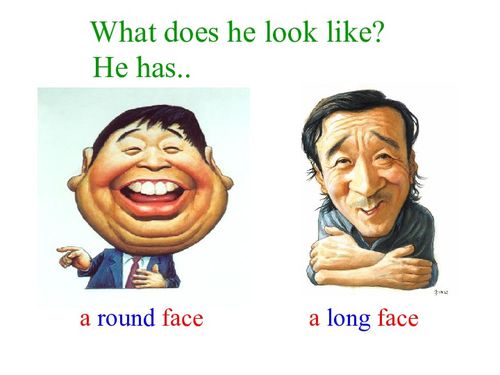
What Does Spider Bites Look Like?
Spider bites can vary greatly in appearance, depending on the type of spider and the individual’s reaction to the venom. Recognizing the signs of a spider bite is crucial for prompt medical attention. In this article, we will delve into the various aspects of spider bite appearance, including their physical characteristics, color, and location on the body.
Physical Characteristics

Spider bites often leave a small, puncture wound where the spider injected its venom. This wound is typically very small, less than 1/4 inch in diameter. The surrounding area may appear red, swollen, and tender to the touch. In some cases, the bite may cause a mild bruise or a small blister to form around the puncture site.
Some spider bites may result in a more pronounced reaction, leading to the formation of a large, red, and itchy bump. This bump can be several inches in diameter and may be accompanied by severe pain, swelling, and redness. In some instances, the bump may have a central core that is darker in color, which is often referred to as a “bullseye” pattern.
Color

The color of a spider bite can range from pale pink to deep red, depending on the severity of the reaction. In some cases, the bite may appear purple or blue, indicating a more severe allergic reaction. It is important to note that the color of the bite may change over time, with the area becoming more red and inflamed as the venom spreads.
In some instances, the bite may not show any immediate color changes. However, the area may become increasingly tender and swollen as the venom continues to spread. In these cases, it is essential to seek medical attention promptly, as the bite may be more severe than initially thought.
Location

Spider bites can occur anywhere on the body, but they are most commonly found on the hands, feet, and legs. Bites on the face and neck are also relatively common, as these areas are frequently exposed to potential spider encounters. In some cases, spider bites may occur on areas that are not easily visible, such as the scalp or under the clothing.
It is important to note that the location of the bite does not necessarily indicate the type of spider responsible for the bite. Some spiders, such as the brown recluse, are known to bite in defense and may leave a bite mark on areas that are not typically exposed to the spider’s venom, such as the abdomen or buttocks.
Other Symptoms
In addition to the physical appearance of the bite, there are several other symptoms that may accompany a spider bite. These symptoms can include:
| Symptom | Description |
|---|---|
| Pain | Mild to severe pain at the bite site, which may worsen over time. |
| Swelling | Swelling around the bite site, which may extend beyond the initial area. |
| Redness | Redness around the bite site, which may spread to surrounding areas. |
| Itching | Itching around the bite site, which may be severe. |
| Feeling of warmth | A warm, tingling sensation around the bite site. |
| Generalized symptoms | Feeling unwell, fever, chills, nausea, and vomiting. |
It is important to seek medical attention if you experience any of these symptoms, especially if they are severe or if they worsen over time. In some cases, spider bites can lead to serious complications, such as necrotizing fasciitis or anaphylaxis.
In conclusion, spider bites can appear in various forms, with physical characteristics, color, and location all playing a role in identifying the type of spider and the severity of the reaction. Recognizing the signs of a spider bite and seeking prompt medical attention can help prevent complications and ensure a quicker recovery.




